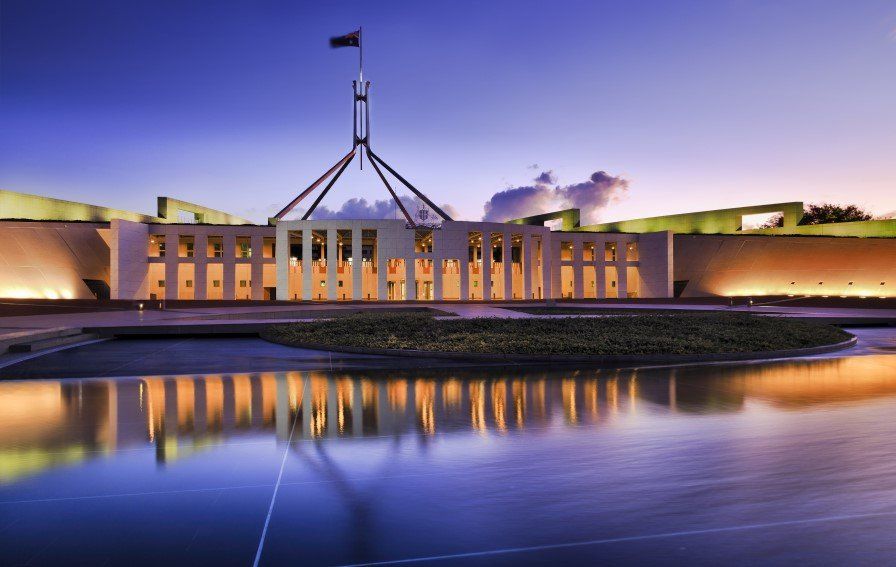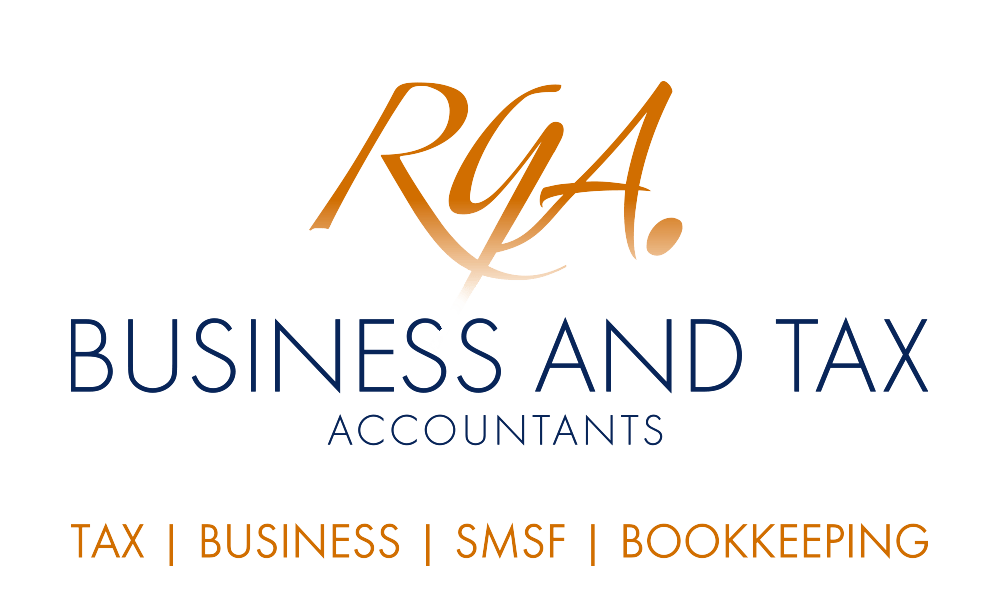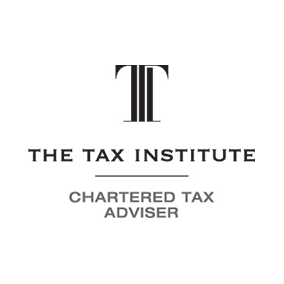Budget 2025-26: Show Me The Money - Part 1

The Government’s big moment in the 2025-26 Federal Budget was the personal income tax cuts. Income tax cuts are a dazzling headline but in reality they deliver a tax saving of up to $268 in the 2026-27 year, with a tax saving of up to $536 from the 2027-28 year.
At the same time, the Australian Taxation Office has been allocated almost $1bn in funding to extend and enhance its compliance programs.
Two previously announced measures of note that have not passed Parliament but remain in the Budget are:
• Tax on super accounts above $3m (a 30% tax on future earnings for superannuation balances above $3 million); and
• The $20,000 instant asset write-off for small business for 2024-25.
Both of these measures have stalled in Parliament and, assuming they are not approved in the final days of Parliament, will lapse when an election is called.
Budget 2025-26 is a budget for voter appeal with over $7bn in additional spending measures in 2025-26 and over $20bn across five years. Most measures extend previously announced and Budgeted items for another year. Key initiatives include:
Energy
• $180bn to deliver a $150 energy bill rebate extension until the end of 2025.
Healthcare
• $8.5bn on Medicare for increases to Medicare payments, 50 new urgent care clinics, and a bulk billed GP service.
• $1.8bn over 5 years for cheaper medicines on the Pharmaceutical Benefits Scheme.
• $240m for women’s health - reproductive health and menopause
Education
• $500m to provide a 20% cut to HECS-HELP debt for students, and a realignment of the repayment schedule to reduce the amount required to be paid (from 1 July 2025).
Housing
• $800m to expand the ‘Help to Buy’ scheme reducing the size of the deposit required to buy a home by co-buying with the Government.
Families
• Three days of subsidised childcare for families with young children (income tested) from 1 January 2026 replacing the Child Care Subsidy activity test.
Lifestyle
• From August, the excise on beer will be frozen for 2 years.
Economically, trade tensions have magnified global uncertainty. Global growth is already subdued. The indirect effect of tariffs is estimated to be nearly four times as large as the direct effect on Australia, reflecting the relative importance of affected trade flows between Australia, China, and the United States. Australia’s economy is expected to grow, albeit slowly at 2.25% in 2025-26 and 2.5% in 2026-27. The Budget will be in deficit at -$42.1bn in 2025-26, before improving marginally but remaining in the red.
The RGA team are available to assist you to capitalise on any of the Budget measures or minimise your risk. See Parts 2 and 3 of our blog for the full Budget analysis. As always, the detail is important so please let us know if we can assist.
Need Help with your Business, Bookkeeping, Tax or SMSF requirements?
If you would like a little help, please get in touch with us for assistance. We can help with your business, bookkeeping, tax and SMSF requirements.
Please also note that many of the comments in this publication are general in nature and anyone intending to apply the information to practical circumstances should seek professional advice to independently verify their interpretation and the information’s applicability to their particular circumstances. Should you have any further questions, please get in touch with us for assistance with your SMSF, business, bookkeeping and tax requirements. All rights reserved. Brought to you by RGA Business and Tax Accountants. Liability Limited by a scheme approved under Professional Standards Legislation.















